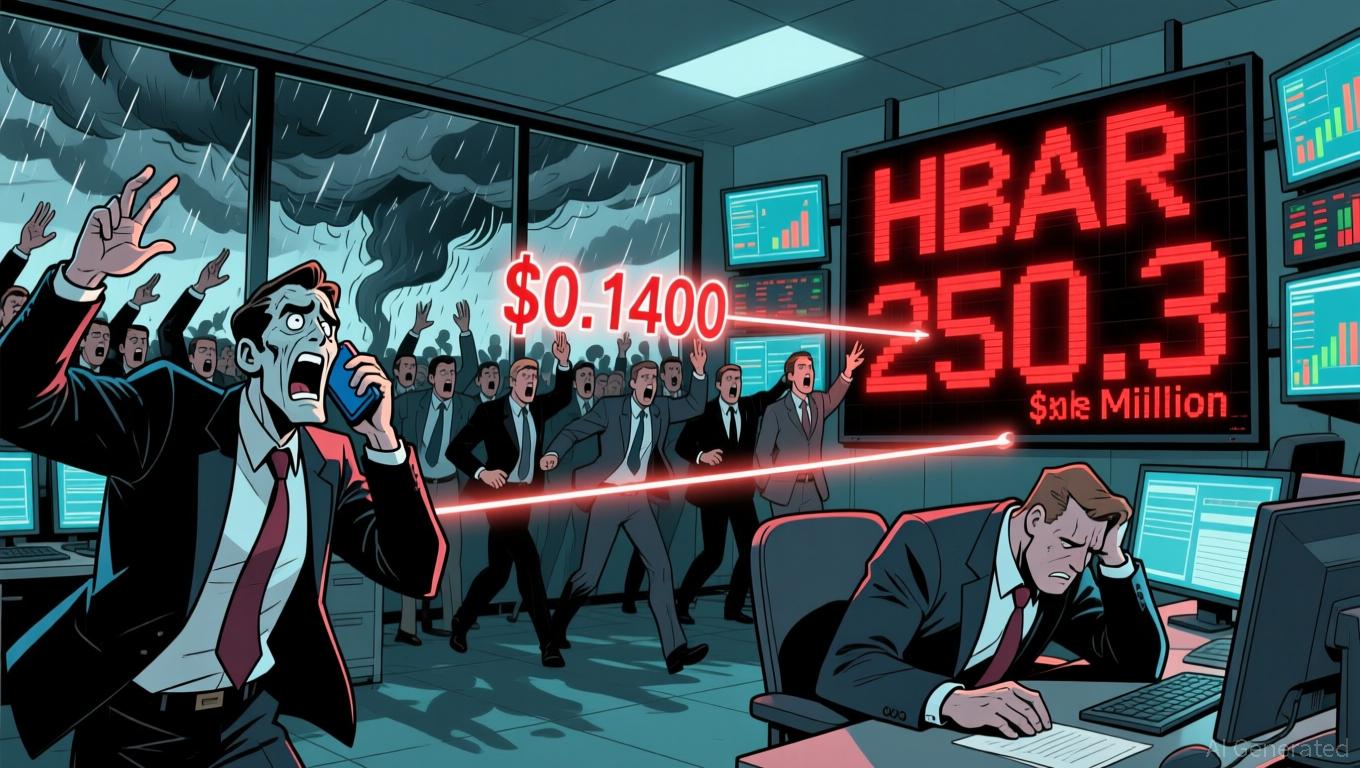Sonic Labs CEO outlines plan to drive growth through real-world utility
Sonic Labs is entering a new phase under chief executive officer Michael Demeter, who shared a long-term roadmap designed to reshape how the layer-1 blockchain creates and sustains value.
- Sonic Labs CEO Michael Demeter unveiled a long-term growth plan focused on fundamentals, execution, and utility.
- The company will expand to the U.S. with a New York office to strengthen institutional ties.
- A new fee and burn model aims to reward builders and validators while supporting deflationary tokenomics.
Sonic Labs is shifting its focus toward sustainable growth built on fundamentals, not speculation.
In a detailed update on Nov. 11, CEO Michael Demeter unveiled a new strategy that will turn the high-speed layer-1 blockchain into a long-term value engine for builders, validators, and token holders.
Refocusing on fundamentals and real utility
Demeter said the next phase for Sonic ( S ) will prioritize “disciplined execution” and “real economic value” over short-term hype. Because of its strong treasury, the business is able to pursue growth and new alliances without concern for cash flow. A new “Fee Monetization” model will introduce tiered rewards for network participants while increasing token burns to strengthen deflation.
The update also confirmed plans for a U.S. expansion , including the opening of a New York office to anchor Sonic’s institutional outreach and policy engagement.
Building a sustainable ecosystem
Demeter also pointed out that Sonic’s growth strategy centers on turning network activity into measurable value. Builders will earn based on the transactions they generate, validators will receive fixed rewards for securing the network, and token holders will benefit from reduced supply through consistent burns.
The firm’s partner platform, GMSonic, will also evolve into an educational and content hub, helping expand Sonic’s global reach.
The CEO stressed that price performance remains an important indicator of confidence and execution. “A healthy, sustainable price reflects the strength of our ecosystem,” he said, noting that token value should come from usage and delivery rather than speculation.
Sonic’s technology already ranks among the fastest in the industry, and the new focus will move toward functionality, interoperability, and business-focused upgrades. Future Sonic Improvement Proposals will target real-world adoption and integration with traditional finance, including ongoing discussions about ETF-related opportunities.
Demeter concluded that Sonic is entering a new stage of disciplined, purpose-driven growth. “This next chapter will take time, but the foundation is strong, and momentum is building every day,” he said.
Disclaimer: The content of this article solely reflects the author's opinion and does not represent the platform in any capacity. This article is not intended to serve as a reference for making investment decisions.
You may also like
The Emergence of ICP Caffeine AI and Its Impact on Decentralized Computing Markets
- ICP Caffeine AI, developed by DFINITY, redefines decentralized compute by enabling AI app development via natural language and reducing inference costs by 20–40%. - Its reverse-gas token model and "chain-of-chains" architecture boost scalability while creating deflationary incentives, attracting $237B TVL but facing 22.4% dApp activity declines. - Competitors like Palantir ($1.18B Q3 revenue) and struggling BigBear .ai highlight ICP's unique censorship-resistant niche, though centralized rivals maintain
Hyperliquid News Today: Reduced Fees or Doubts? Hyperliquid’s Bold Strategy for Expansion
- Hyperliquid, a top-20 DeFi exchange, faces a 25% HYPE token price drop to $25 amid market volatility and declining investor confidence. - Its HIP-3 Growth Mode initiative slashes trading fees by 90% to attract new markets but has yet to reverse downward trends or boost liquidity. - Analysts warn fee cuts may not address long-term user retention challenges in a crowded DeFi landscape dominated by centralized rivals like Binance. - Market skepticism persists as traders await volume explosions and tighter s
Bitcoin News Today: Bitcoin ETFs See $2.96B Withdrawals as Investors Seek Greater Macro Certainty
HBAR Drops 11.5%: Institutional Withdrawals and Liquidity Challenges Highlight Market Vulnerability
- HBAR token plummeted 11.5% on Nov 21 as institutional selling overwhelmed markets, breaking key support at $0.1350 and triggering stop-loss cascades. - Preceded by prior declines including 6% drop on Nov 18 and 180%+ volume spikes, forming descending channel patterns signaling deteriorating market structure. - Liquidity crises emerged with 250M-token sell wave (98% above average) and trading halts, exposing fragile infrastructure amid crypto market cap falling below $2.9T. - Institutional distribution do

